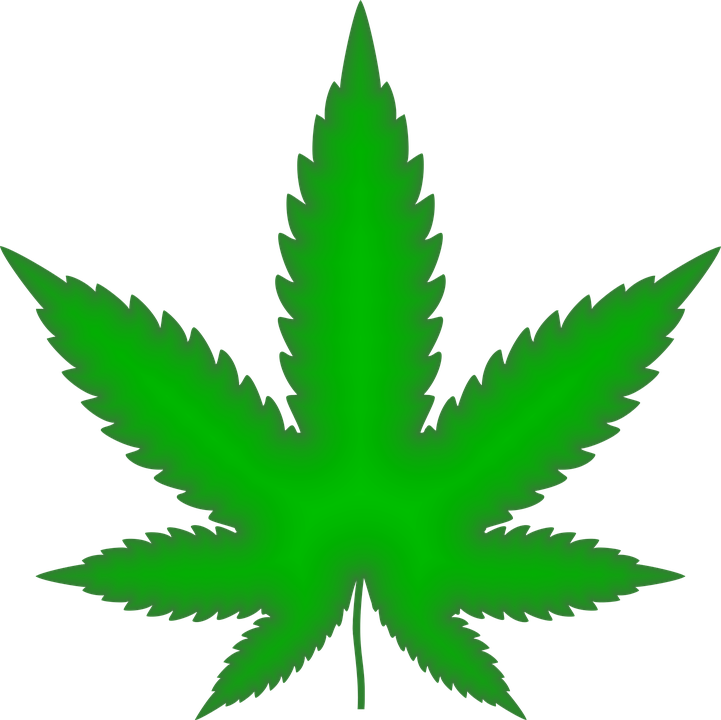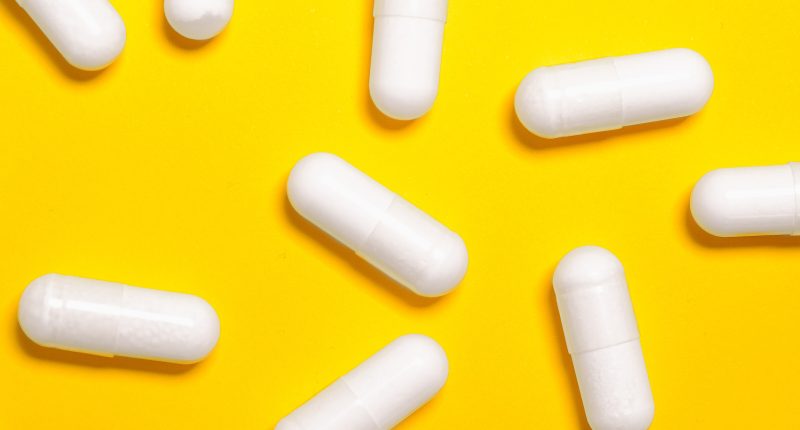A drug can be defined as a natural or synthetic substance that is used to produce physiological effects in human beings. But nowadays, the meaning of drugs changes from person to person. To some, drugs are a necessity for sustaining and prolonging life; to others drugs gives an escape from the pressures of life. The law enforcement agency is concerned with the latter type of drug, which is widely abused.
The term “narcotic” is deduced from the Greek work ‘narkotikos”, which implies a state of lethargy or promptness. Pharmacologically narcotics are substances that bring relief from pain and produce sleep. Examples are opium and their derivatives like morphine, heroin and codeine, synthetic opiates like pethidine and methadone.
Dangerous drugs or psychotropic substances are non-narcotic drugs. These affect the mental state of the abuser, by producing depressant or stimulant effect on the central nervous system or hallucinogenic effect. LSD, amphetamines and barbiturates belong to this category of drugs.

The Problem of Drug Abuse
The menace of drug abuse has become a matter of growing concern and a serious threat to society. In the western world, there has been a phenomenal rise in the number of drug abuses. In the past this problem was not so alarming in our country. But recent studies have revealed that the drug abuse has caught up in our country as well. The drug abuse problem is not however wide spread. It exists in some Metropolitan cities of India and some north-eastern states, among youth and student communities, and also in rural areas of some States.
Drug abusers normally fall into three main categories. They are:
(a) Those who use drugs for a specific purpose e.g. a student takes amphetamines (pep pills) in order to keep awake for his examination, or a depressed lady takes barbiturates (sleeping pills), to overcome depression through sleep.
(b) Those who resort to drugs for “kick” or just for the “experience” or as a means of having fun and joy.
(c) The hard-core type who cannot function without the normal supply and consumption of drugs.
NDPS Act:
To meet the growing menace of drug abuse, the Government of India promulgated the Narcotic Drugs and Psychotropic Substances (NDPS) Act in 1985, and repealed all old antiquated laws. The new act provides deterrent punishments to drug traffickers, which ranges from minimum imprisonment of ten years with a find of Rs. 1 lakh and extendable upto 20 years with a fine of Rs.2 lakhs. On second conviction, the maximum punishment is upto 30 years with a fine of Rs.3 lakhs. This act has been further amended in 1988 to give detention powers to the Central and State Government agencies. There has been a phenomenal increase in the detection of drug related cases ever since the act has been enforced.
Drug Addiction
Drug addiction is a state of mind in which a person looses his control on account of addiction to a drug. He develops craving for the drug, and may even resort to crime to get the drug.
Several factors make people indulge in drug addiction. Ready availability of drug, influence of drug using communities, influence of literature glorifying sensations produced by drugs, uncertainty in young peoples future, poverty and frustrations are but a few factors which make eople, specially younger generation get addicted to drugs.
Identification of Drug Addict
There is no fool proof method of recognizing drug addict. However, there are a number of signs and symptoms, which enable the investigator to identify drug, addict. These include:
(1) Possession of controlled drugs, with no medical justification
(2) Possession of tool and devices for smoking, injecting and inhaling different drugs
(3) Scars or discoloration on the limbs caused by repeated intravenous injections.
(4) Abscesses caused around the veins due to infected needles.
(5) Constricted pupils in the case of heroin and barbiturate addicts.
(6) Dilation of pupils in the case of amphetamine, cocaine and heavy cannabis smokers.
(7) Absence of alcohol odour in the breath of barbiturate addict.
(8) The person may stare, appear to be drowsy, moody, over-excited, and impaired speech.
(9) When deprived of drugs, may show signs of withdrawal like running nose, excessive sweating, anxiety, restlessness etc.
(10) Change in behaviour like borrowing or stealing money for purchase of drugs; conceal the drug in the presence of non-users, visit frequently people known to abuse drugs and so on.
(11) Certain spot tests and laboratory analysis also aid in identifying drug addict.
Drug Identification
To meet the legal conditions of the NDPS Act, the forensic science laboratories are equipped with sophisticated analytical instruments for analysis of drugs and medicine related substances. The identification of narcotic drugs and psychotropic substances proceed from screening tests to more specific confirmatory tests. Following screening and confirmatory tests are normally performed.
Spot tests-These are basically field tests, which give colour reaction to drugs when tested with certain chemical reagents. Though the tests are sensitive they are not very specific. Hindustan Antibiotics Ltd., Pimpri, Pune have developed a “Narcotic Drug Detection Kit” to enable the investigating agencies to perform spot tests on suspected drugs.
Microcrystal Test-It is more specific than colour tests. Here, the test is performed by adding a drop of a chemical reagent to a small quantity of the drug on a microscopic slide. After a short time, a chemical reaction takes place, producing a crystalline precipitate. The size and shape of the crystals, revealed under microscope examination, are highly characteristic of the drug.
Confirmatory Tests-There are several tests evolved, more recently, which requires preliminary separation and isolation of the drug from their diluents and then testing for the isolated drug. The chromatography techniques, which include thin layer chromatography (TLC), Gas Chromatography (GC), and high performance liquid chromatography (HPLC), are excellent methods for isolation of drugs.
Once the drug is isolated, the identification can be achieved through more specific tests. Spectroscopic tests are generally used. Infrared spectrophotometry coupled with computer is one of the most reliable methods available to identify an isolated drug substance. The wavelength of an infrared spectrum is unique for each compound. The substance, however, needs to be in its purest form. Similarly, GC and HPLC can be coupled with mass spectrometry for isolation and identification of drugs.
Check types of drugs on this blog.








100 comments
Comments are closed.